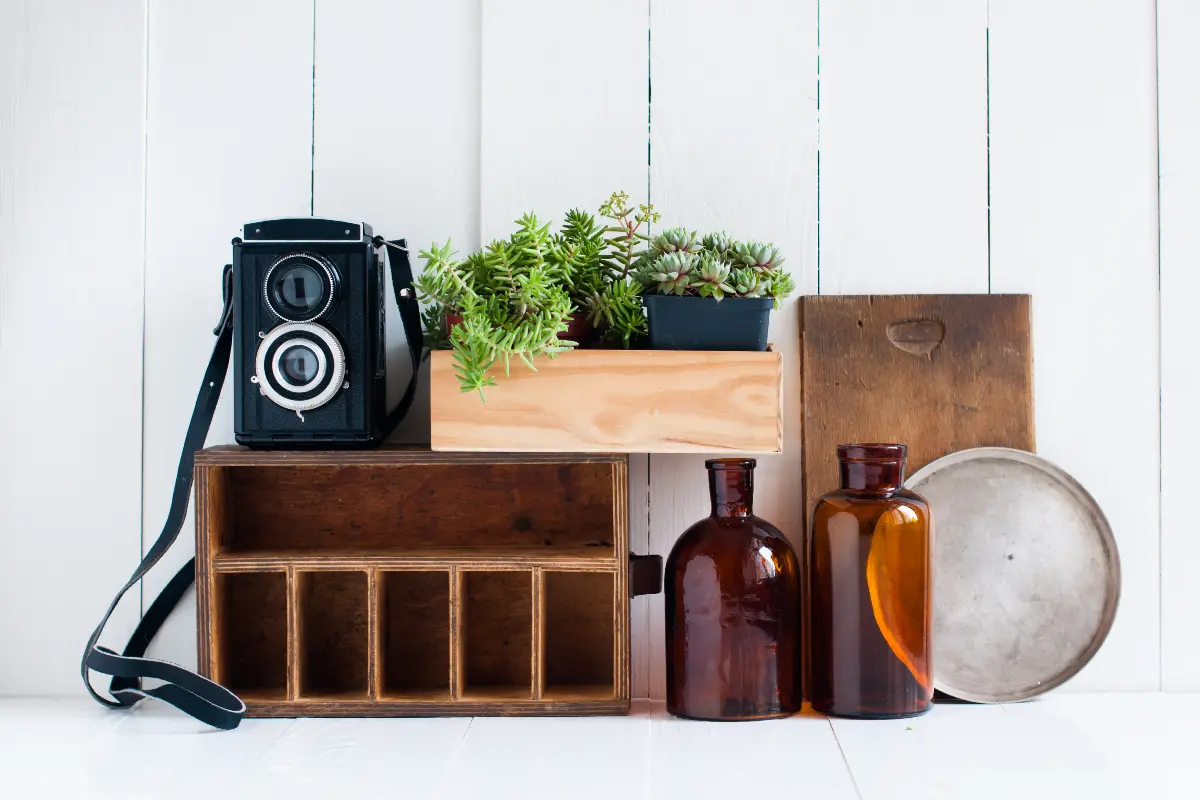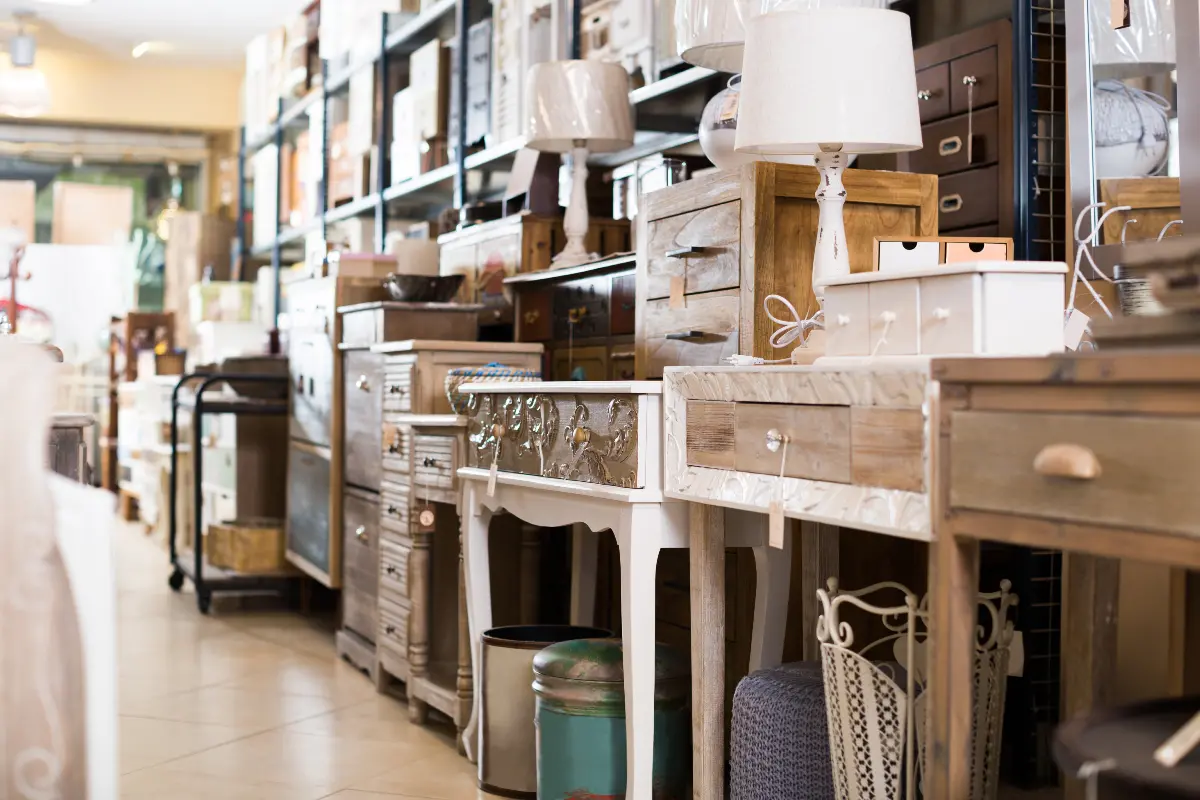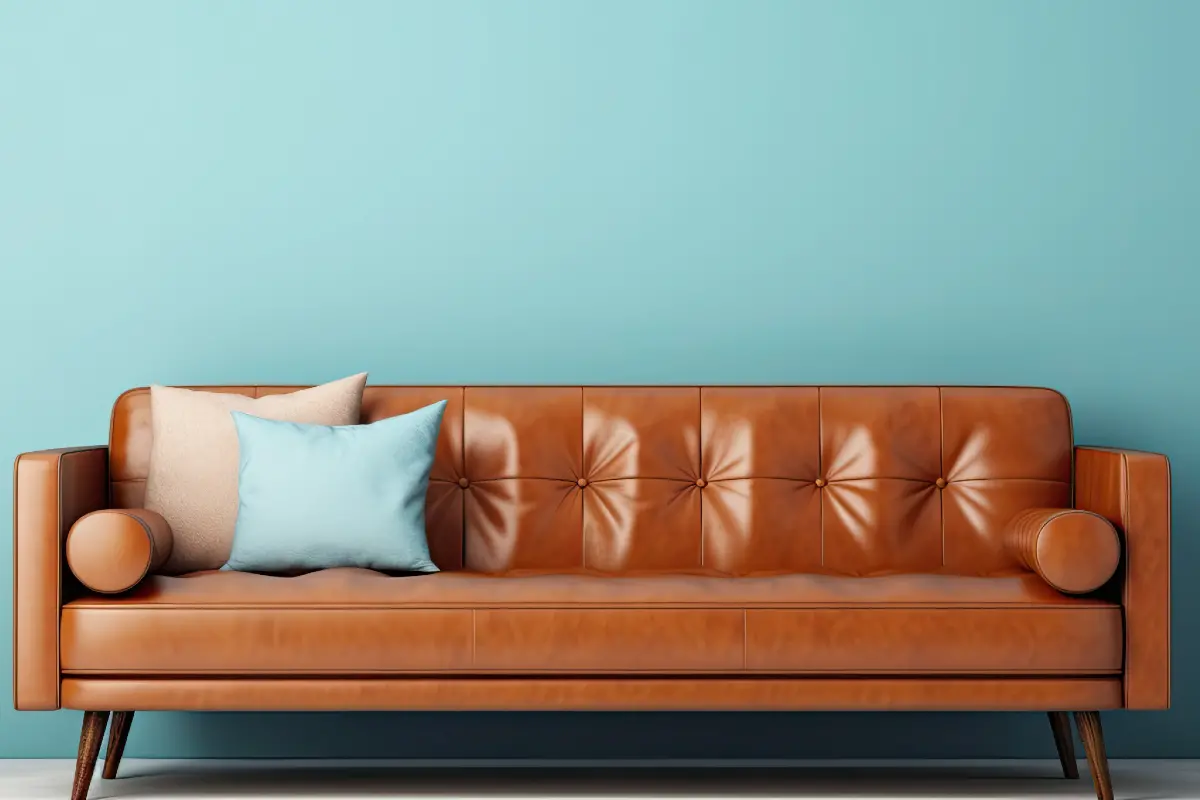In the ever-evolving landscape of home decor, the allure of the past remains a powerful force. Amidst the sleek lines and stark minimalism that characterize much of modern interior design, vintage decor has surged back into the limelight, offering a comforting embrace of history and character that seems to resonate with contemporary sensibilities. The charm of vintage pieces lies not only in their aesthetic appeal but also in the stories they carry and the uniqueness they bring to our living spaces. It's a trend that pays homage to bygone eras while seamlessly integrating into the modern home.

Vintage decor's resurgence is partly due to society's growing appreciation for sustainability and individuality. In a world where mass-produced items are the norm, vintage pieces stand out for their craftsmanship and the fact that they often have a lower environmental impact. Repurposing and reusing furnishings reduces waste and consumption, aligning perfectly with the eco-conscious movement that continues to gain momentum. Each vintage item is imbued with its own personality, and in a time where personal expression is highly valued, these pieces offer a distinctive flair that can't be replicated on an assembly line.
Another reason for vintage home decor's return is the sense of nostalgia it provides. In a fast-paced, digitally driven era, people are yearning for elements of simplicity and the tangible touch of a time that felt slower and perhaps, in some ways, more genuine. Incorporating vintage furniture and accents is like creating a small sanctuary that defies the transience of modern life. It allows homeowners to build a space filled with meaning and memory, rather than just functionality and form.
When it comes to integrating vintage elements into modern homes, the fusion often results in a visually appealing contrast. Sleek, contemporary lines are softened by the ornate curves and rich textures of vintage pieces. This blend can also highlight the uniqueness of each period's design philosophy: a sleek mid-century sideboard can complement a modern modular sofa, while Art Deco lamps might add a touch of opulence to a minimalist bedroom. The key is finding a harmonious balance that respects both the old and the new.

Moreover, collecting vintage decor has become an adventure in itself, with the hunt for hidden gems taking enthusiasts to flea markets, estate sales, and vintage shops where they can unearth rare finds. It's not simply shopping; it's an act of curating a personal collection that tells a story. People enjoy the thrill of the chase and the joy of discovery when they find a piece that speaks to them. The items chosen often become conversational centerpieces and mark the homeowner as someone with an eye for design who values the unique over the ubiquitous.
Vintage home decor also offers unparalleled versatility. Whether it's a Victorian-era mirror in a modern bathroom or a set of retro kitchen canisters on marble countertops, these pieces can be adapted to a variety of settings. Interior designers frequently mix time periods to create depth and interest, as vintage items can act as a counterpoint to more current trends.
The psychological benefits of surrounding oneself with vintage items should not be overlooked. Research suggests that environments affect mood and well-being. Vintage decor can foster a sense of comfort and continuity. It's about creating a refuge from the outside world that reflects personal history and tastes. Each piece has a past, and by incorporating it into our living spaces, we write our own future while paying respect to the past.
In terms of investment, vintage pieces often retain or increase in value, making them not just an aesthetic choice but also a financially savvy one. Furniture and decor from certain periods have become highly collectible, and owners of such items can take pride in knowing their investment is both worthwhile and beautiful. It's a market that can be particularly rewarding for those with an eye for detail and the patience to wait for the right buyer, should they choose to sell.

Color palettes from past decades are also making a comeback, with muted tones and pastel shades of the '50s, the bold and earthy colors of the '70s, and the dynamic palettes of the '80s influencing current interior color trends. These palettes are being used in creative new ways, proving that what's old can indeed be new again.
In conclusion, the triumphant return of vintage home decor in modern interiors is a reflection of our collective desire to connect with the past while making eco-conscious and personalized choices. It's an acknowledgment that new is not always better and that there is great beauty and value in celebrating the craftsmanship and design of yesteryear. Whether through a sentimental piece handed down through generations or a newly discovered gem from the local antique fair, vintage decor helps create homes with soul, stories, and a sense of enduring style. As we move forward into the future, it's clear that the past will continue to enrich our living spaces in the most charming and surprising of ways.
